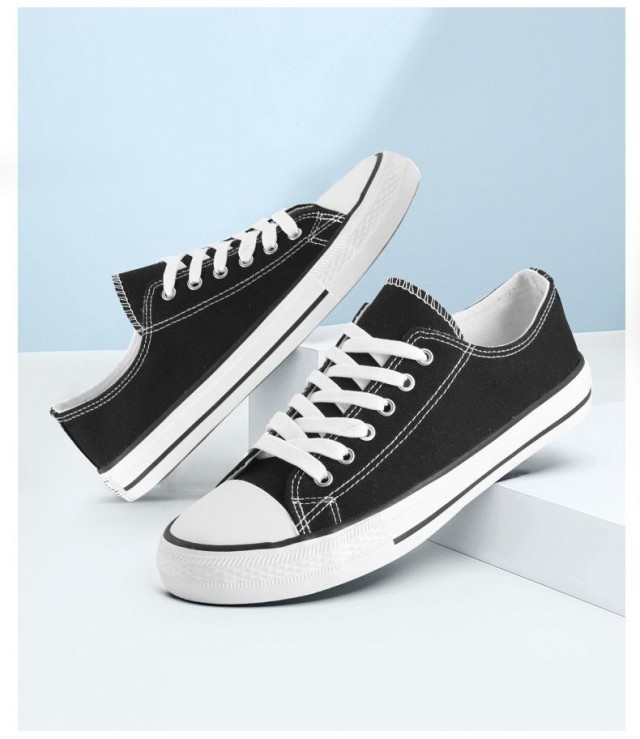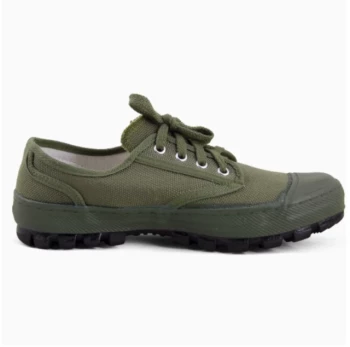Rubber soles dominate footwear for a simple reason: they deliver reliable traction and durability across every weather condition. From icy sidewalks to monsoon rains, the material science behind rubber’s adaptability makes it the undisputed choice for all-terrain footwear. This article breaks down why rubber outperforms alternatives, how design enhances its natural properties, and where it proves indispensable in real-world scenarios.
Why Rubber Outperforms in Multi-Weather Scenarios
The Hydrophobic Advantage: Defying Wet Surfaces
Rubber’s water-resistant nature stems from its polymer structure, which repels moisture instead of absorbing it. This hydrophobic quality prevents the sole from becoming waterlogged—a critical feature in rain or snow. Unlike leather or foam, rubber maintains its grip on wet pavements by minimizing surface adhesion (the "suction" effect that causes slips).
Key Takeaway: Rubber soles reduce hydroplaning risks by channeling water away through tread patterns, ensuring consistent contact with the ground.
Cold-Weather Flexibility: Grip Beyond Freezing Temperatures
Most materials stiffen in freezing temperatures, but vulcanized rubber retains elasticity. This flexibility allows the sole to conform to uneven surfaces (e.g., icy cobblestones) rather than acting as a rigid—and slippery—barrier. Research shows softer rubber compounds, often used in winter boots, enhance grip by up to 40% in sub-zero conditions compared to synthetic alternatives.
Real-World Insight: Think of how car tires switch to winter variants; the same principle applies to footwear.
From Material to Design: Engineering All-Weather Reliability
Tread Patterns and Surface Contact: Maximizing Friction
Tread design isn’t just about aesthetics; it’s physics in action. Deeper grooves (like multi-directional lugs) create edges that bite into soft terrain (mud, snow), while siping (micro-cuts) increases surface area for slick pavements. For example:
- Snow/Ice: Widely spaced lugs prevent snow buildup.
- Rain: Radial channels divert water laterally.
Pro Tip: The best all-weather soles combine aggressive lugs for off-road stability with fine siping for urban slickness.
Vulcanized Rubber: Durability in Extreme Conditions
Vulcanization—a process where rubber is heated with sulfur—transforms the material into a harder, more resilient version of itself. This cross-linking of polymers resists cracking in arid heat and maintains elasticity in polar cold. Tests show vulcanized rubber soles withstand 2–3× more wear than non-treated variants, making them ideal for industrial or adventure footwear.
Why It Matters: Durability directly correlates with safety; a worn sole compromises traction.
Real-World Validation: Case Studies Across Climates
Urban Winters: Traction on Icy Pavements
In cities like Toronto or Oslo, rubber-soled boots with Arctic-grade treads reduce fall-related injuries by over 30% during winter months. The combination of soft rubber (for flexibility) and deep lugs (for ice penetration) mimics the grip of snow tires.
Monsoon Readiness: Slip Resistance in Heavy Rain
Across Southeast Asia, footwear with wave-patterned soles demonstrates superior slip resistance on rain-slicked tiles. The design’s curved channels accelerate water displacement, maintaining contact even during downpours.
Step Into All-Weather Confidence with 3515
Whether you’re a distributor sourcing reliable footwear or a brand owner prioritizing safety, 3515’s rubber-soled designs merge material science with real-world performance. Our vulcanized rubber compounds and biomechanically tested treads ensure traction and longevity—rain, snow, or shine.
Ready to equip your customers with all-season footwear? Partner with 3515 to access industry-leading manufacturing tailored to your market’s demands.
Related Products
- Durable High-Traction Canvas Sneakers Wholesale & Custom Manufacturing
- Durable Rubber Sole Outdoor Shoes Wholesale & Custom Manufacturing
- Factory-Direct Wholesale Canvas Boots with High-Traction Rubber Soles
- Durable Rubber-Soled Utility Shoes for Wholesale & Custom Brand Manufacturing
- Wholesale Durable Camo Canvas Shoes with High-Traction Rubber Soles
Related Articles
- How to Wear Sneakers Professionally: A Style Guide for Modern Workwear
- Blake Stitch vs. Goodyear Welt: Decoding Durability, Repairability, and Ideal Use Cases
- How to Choose Rubber-Soled Shoes That Truly Prevent Slips
- How to Choose Rubber-Soled Shoes That Actually Prevent Slips and Falls
- How to Choose Slip-Resistant Rubber-Soled Shoes for Maximum Safety



















